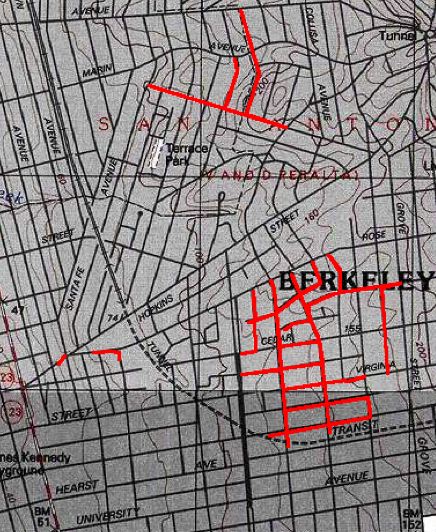Team time trial speed record? Good post from Chris Carmichael on how yesterday’s shorter (Stage 2) time trial played out. But he and others are calling yesterday’s 23-kilometer the fastest in Tour history.
Really? The winning team, Garmin Cervelo, clocked 24:48 for 23 kilometers. The way I calculate the speed (dividing 60, the number of minutes in an hour, by 24.8, the finishing time in decimalized minutes, then multiplying the dividend, 2.41935484, by the distance covered, 23 kilometers), I get an average speed of 55.65 kilometers an hour. That means that Team Discovery’s 2005 team time trial, in which they covered 67.5 kilometers in 1:10:39, an average speed of 57.32 kilometers an hour, is still the absolute record. (Some of the excitement about the average speed came from the stage’s first time check, for which the fastest team (Sky, I think) came through in 9:02. For that opening stretch, their speed was 59.8 kilometers an hour).
Even if yesterday’s winning time had been the fastest average speed on the Tour books, I think it would be awkward at best to consider it the fastest in Tour history. No two Tour courses are the same, for one thing. For another, I think Discovery’s feat of maintaining that sort of intensity over such a long distance–what, you’re going to say they were *all* doping?–was exponentially tougher than the dash we saw yesterday.
Also of note: the high speeds put in by other teams in the 2005 TTT. Team CSC was just 2 seconds behind Discovery, 57.17 kph; T-Mobile came in 35 seconds back at 56.86; Liberty Seguros was 53 seconds back at 56.61; Phonak, 1:31 back and 56.12; Credit Agricole, 1:41 and 55.99; Gerolsteiner and Illes Balear-Caisse D’Epargne tied at 2:05 and 55.68.
By my count, that’s eight teams that recorded higher speeds over a much longer distance than Garmin-Cervelo put in yesterday.

